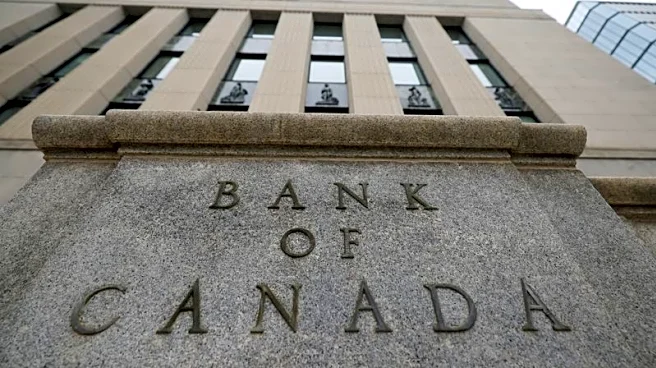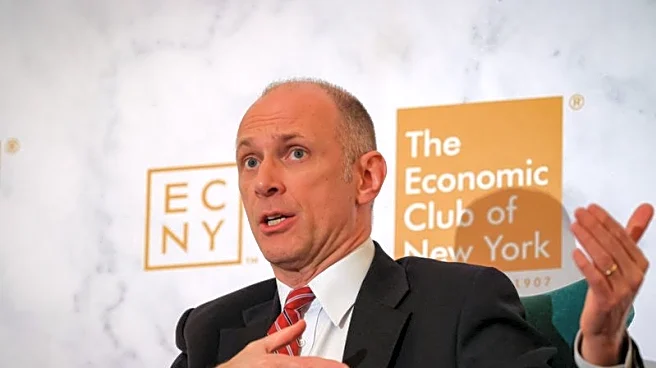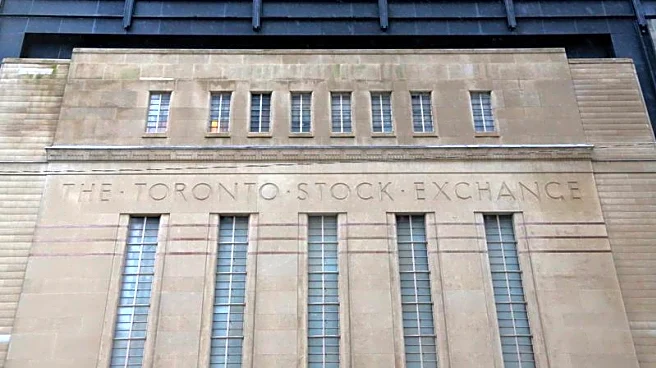What is the story about?
What's Happening?
The Bank of Canada is facing internal divisions regarding the effectiveness of monetary policy in the current economic climate influenced by U.S. tariffs. Minutes from the July 30 meeting reveal that while the bank maintained its key policy rate at 2.75%, there is debate over whether further rate cuts are necessary. Some governors believe the current rate is sufficient, while others argue for more support due to economic slack and potential labor market weakening. The bank is cautious about inflation expectations and the impact of tariffs, noting that the worst-case scenario has not materialized.
Why It's Important?
The division within the Bank of Canada highlights the challenges central banks face in balancing monetary policy amid external economic pressures like tariffs. The decision to maintain or adjust interest rates can significantly impact economic growth, inflation, and employment. The bank's cautious approach reflects concerns about inflation and economic stability, which are crucial for businesses and consumers. The outcome of these discussions could influence future monetary policy decisions, affecting the Canadian economy and its trade relations with the U.S.
What's Next?
The Bank of Canada is set to make its next rate decision on September 17, with market analysts predicting a pause in rate changes. The bank will continue to monitor economic indicators and trade negotiations between the U.S. and Canada to assess the need for policy adjustments. The ongoing debate among governors suggests that future decisions will be closely tied to economic developments and inflation trends.
AI Generated Content
Do you find this article useful?












